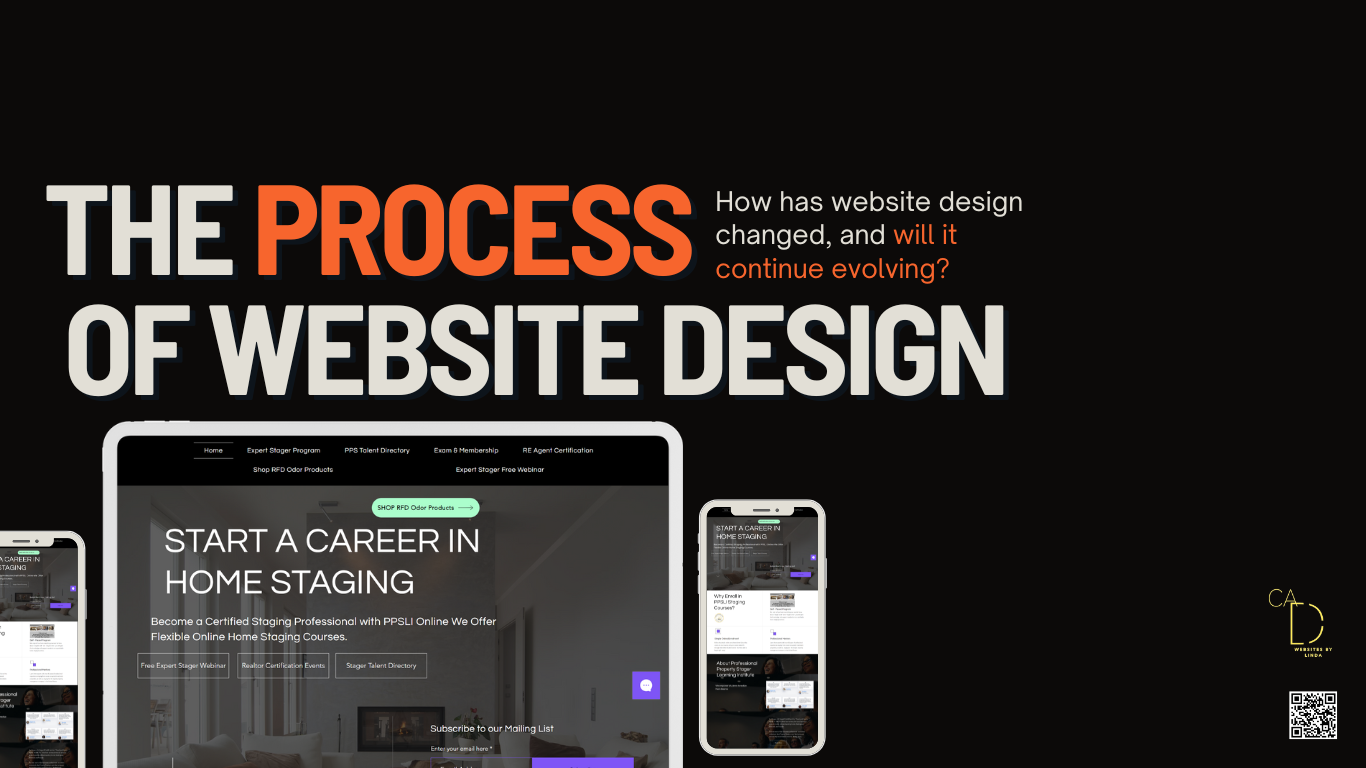

Time and Cost Efficiency: Templates significantly reduce the time and cost involved in designing a website from scratch. They provide a pre-designed framework that can be easily customized, allowing for rapid deployment.
UI/UX Focus: At the forefront, a human figure interacts with a holographic interface showing a user-friendly website layout, emphasizing the importance of UI/UX in web design.
Accessible and Inclusive Forms: Designing forms that are accessible and inclusive, ensuring ease of use for users with different abilities and providing multiple ways to interact.
Balancing Personalization and Privacy: Tailors user experiences while respecting privacy, navigating data use and privacy concerns.
Cross-Browser Compatibility Testing: Ensuring websites function and display correctly across different web browsers, addressing compatibility issues for a uniform user experience.
Web Accessibility Standards: Ensures inclusive web experiences for all users.
Bottom of Form
Designing for Accessibility: Ensures inclusivity for people with disabilities, adhering to standards like WCAG.
Multisensory Web Experiences: Creating multisensory web experiences that engage more than just sight and sound, considering tactile and other sensory interactions.
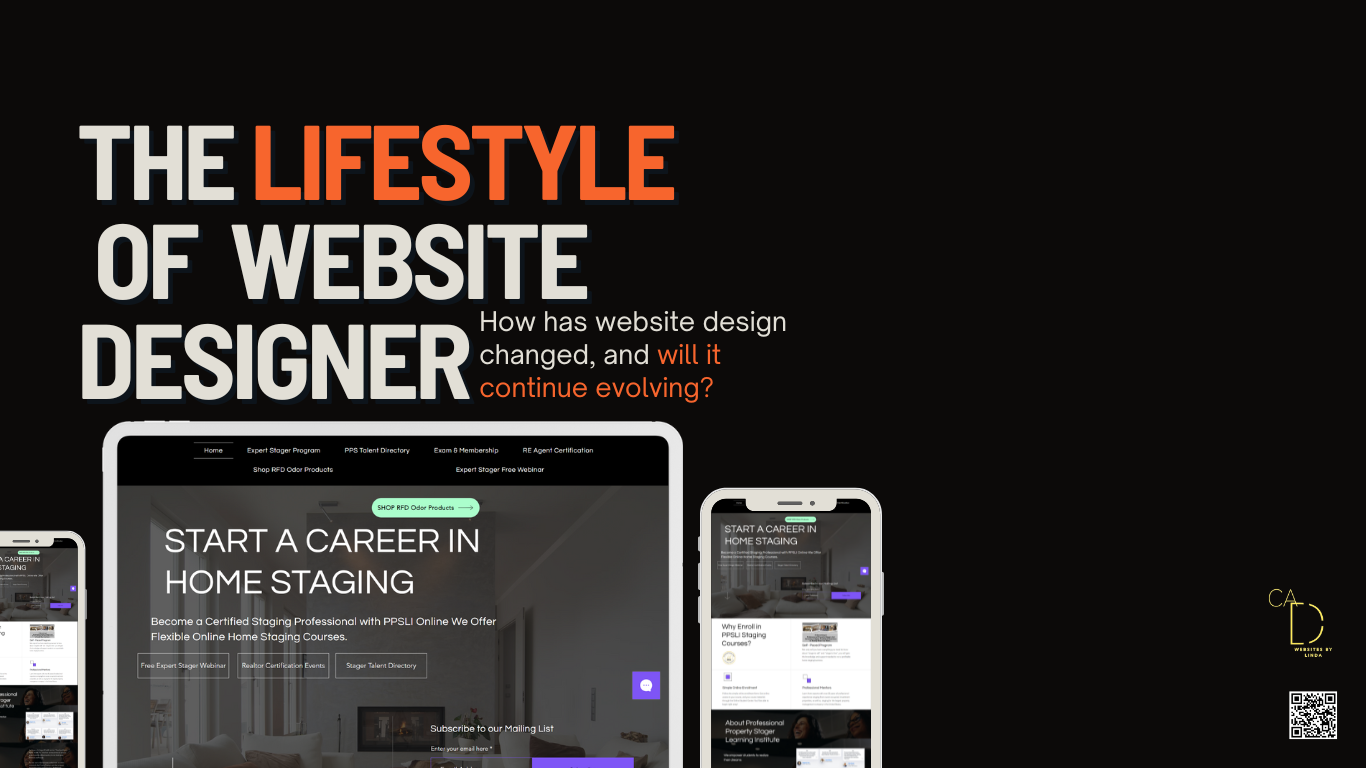
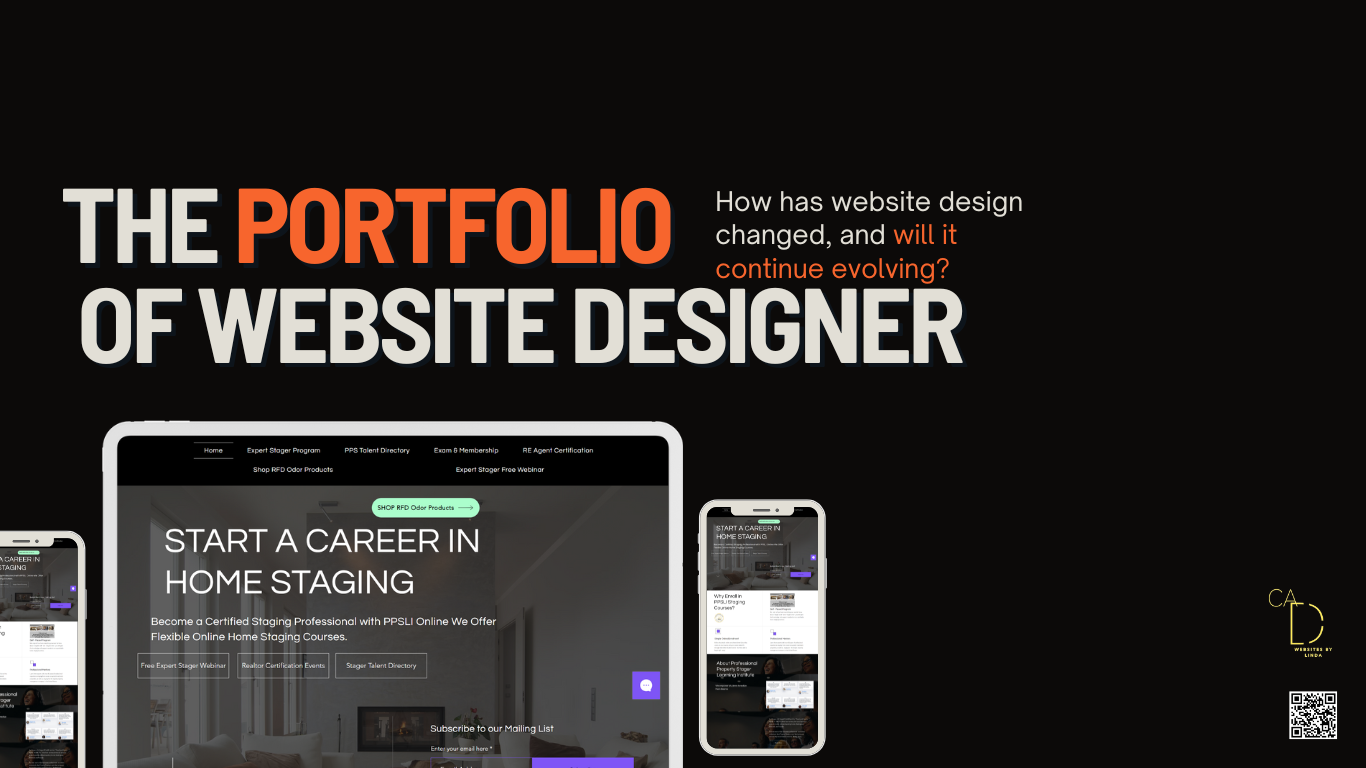
Data-Driven Design and A/B Testing: Using data and A/B testing to inform design decisions, optimizing for user preferences and behaviors.
Responsive vs. Adaptive Design: Differentiating between responsive and adaptive design approaches, choosing the right strategy based on project needs and user contexts.
Creating a unique visual representation for this comprehensive and detailed text on various aspects of web design and e-commerce is quite a challenge.
Accessibility for Neurodiverse Users: Designing websites that are accessible and user-friendly for neurodiverse users, considering aspects like sensory sensitivities and information processing differences.
Scalable Web Design Solutions: Designs for business growth, using flexible and modular elements to accommodate future changes.
Voice and Audio Interfaces in E-Commerce: Implementing voice and audio interfaces in e-commerce platforms, facilitating hands-free shopping and accessibility for users with visual impairments.
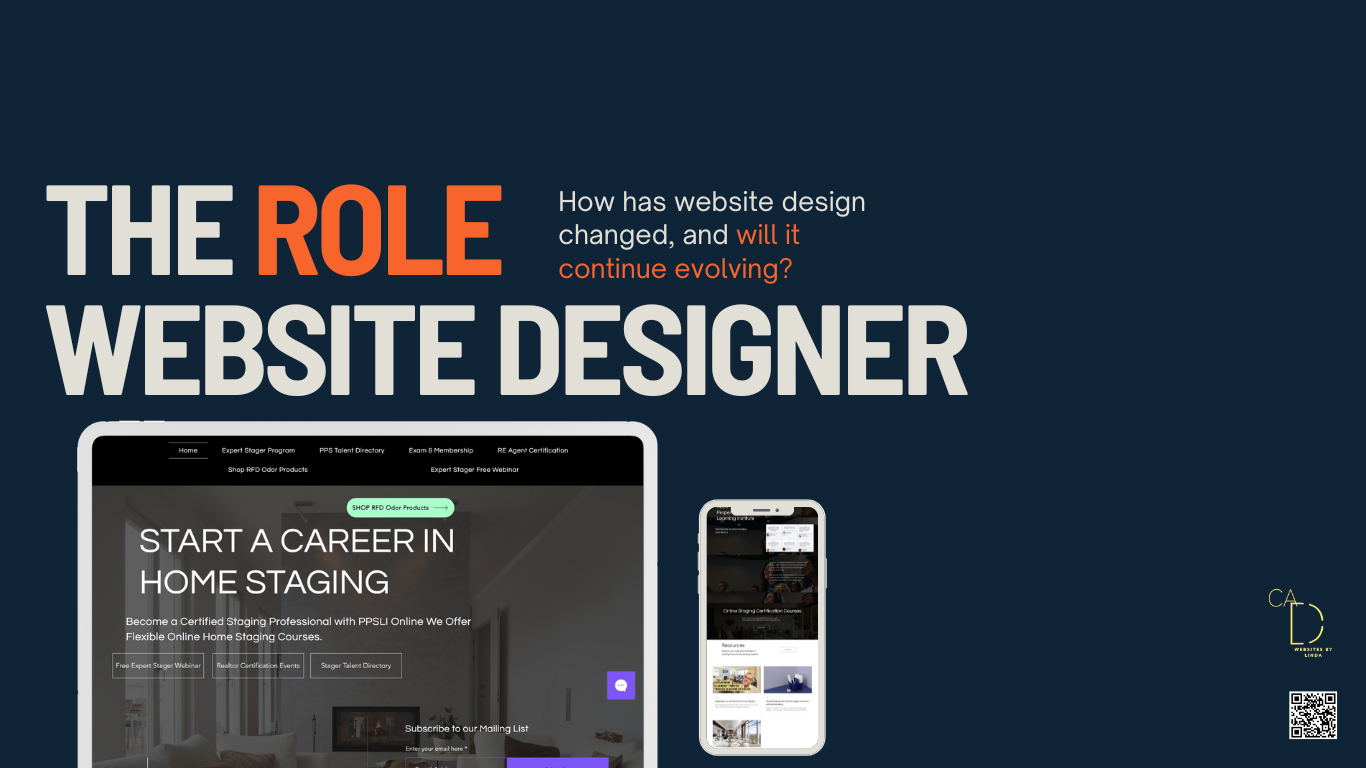

Wearable Technology Integration: Designing web experiences that integrate seamlessly with wearable technology, offering synchronized experiences across devices.
Blockchain in Web Development: Explores decentralized solutions for enhanced security and efficiency.
Description for Artwork: Digital Landscape Foundation: The base of the artwork shows a stylized, digital grid representing the foundational aspect of web design. This grid will be interwoven with abstract digital patterns symbolizing coding and web development.
Content Management Systems (CMS): Facilitate easy content updates and customization, popular in diverse web designs.
Testing and Reliability: Templates are usually thoroughly tested for bugs and compatibility issues, ensuring a reliable foundation for building a website.
Sociotechnical Systems in Web Design: Considering the sociotechnical aspects of web design, how social and technical elements interact and affect the user experience.
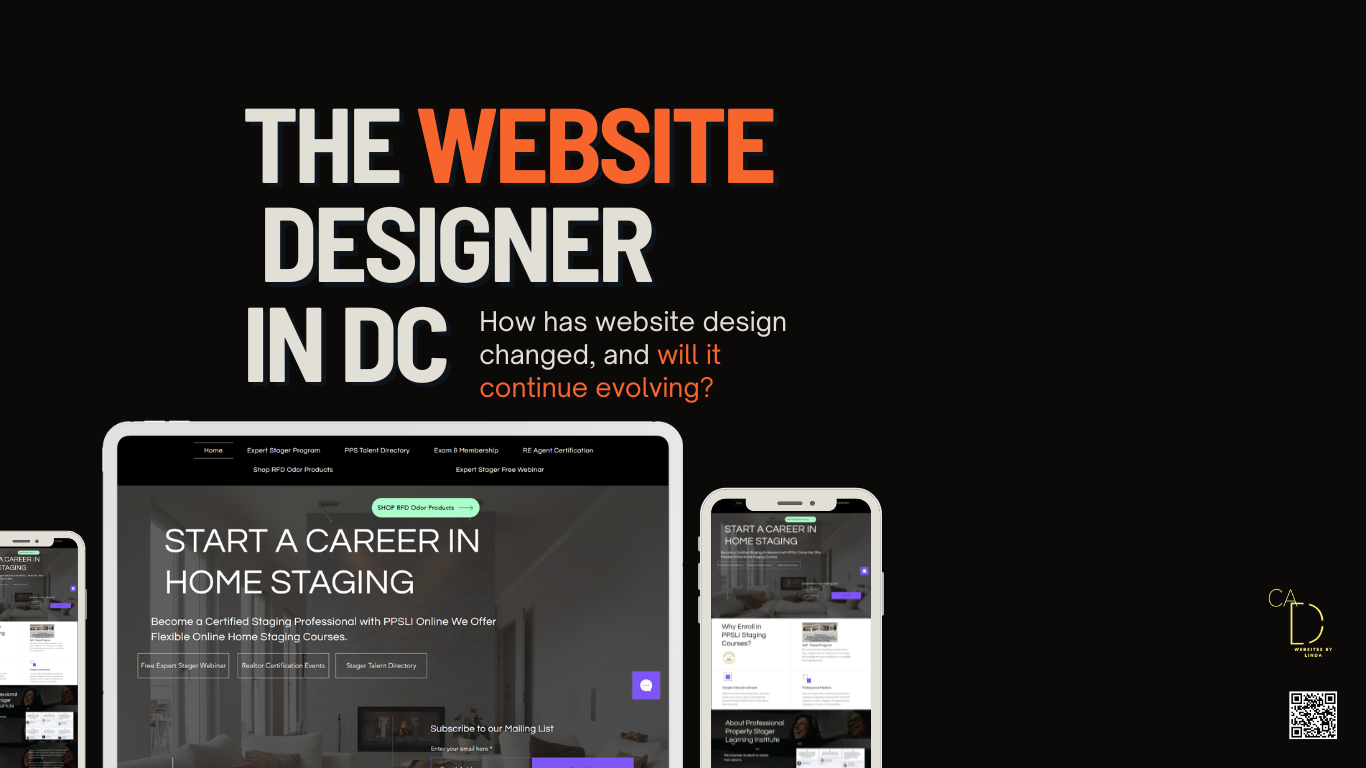
Hourly Rate Reasonably skilled freelance web designers make about $75 per hour. This figure can vary, though, according to CSS-Tricks. Website Builder Expert estimates that the cost to design a website is $30 to $80 per hour, while the cost to actually develop the website is $100 to $180 per hour.
A web designer creates the layout and design of a website. In simple terms, a website designer makes a site look good. They use design programmes to create visual elements and usually have expertise in user interface (UI), which means they strategically design a site that's intuitive and easy for visitors to navigate.
Google Web Designer is a free software tool available for download on both Windows and Mac computers. It does not have any subscription plans or pricing tiers, and users can access all of its features and functionality at no cost.